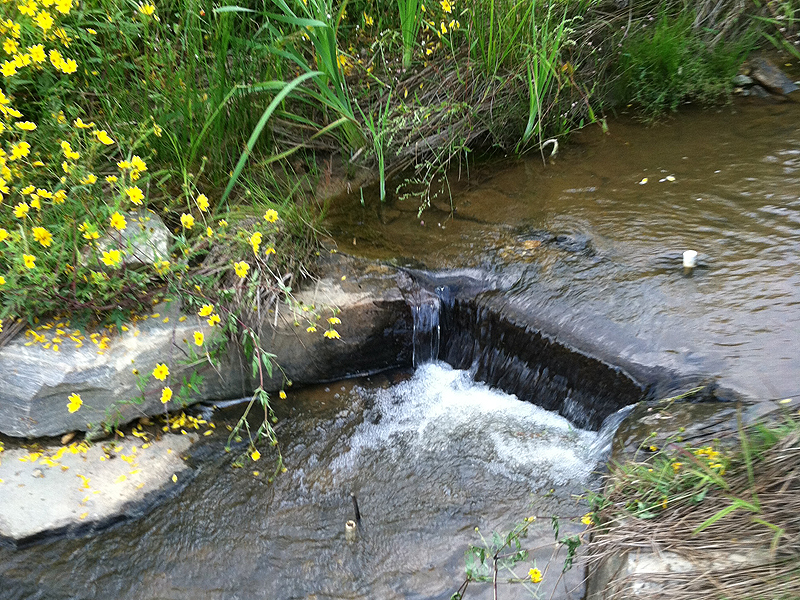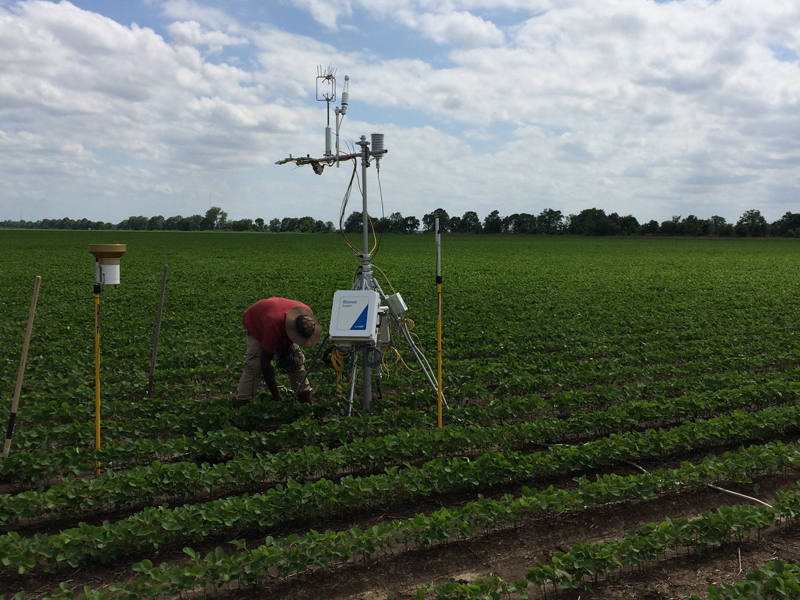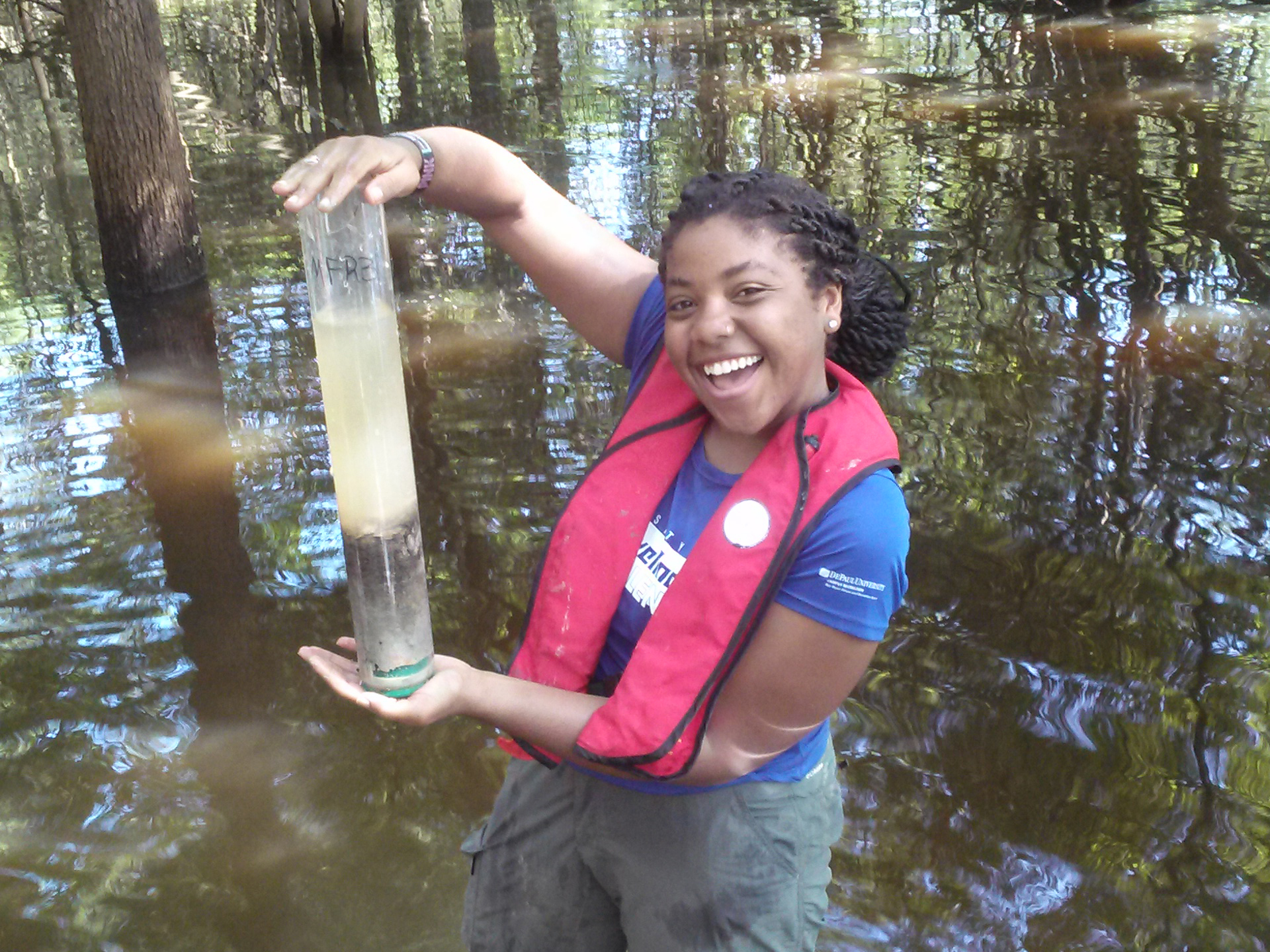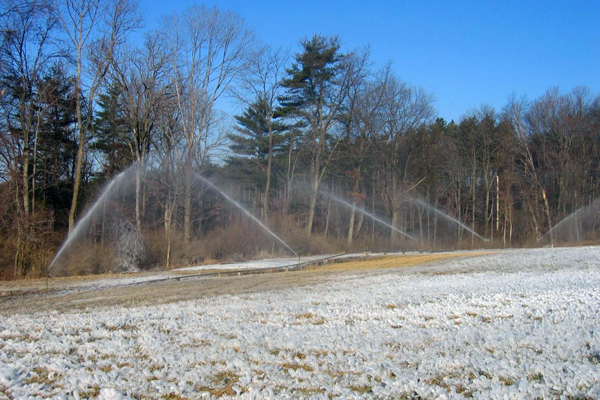Natural Resources

Nitrogen can present a dilemma for farmers and land managers.
On one hand, it is an essential nutrient for crops.

The Lower Mississippi River Basin’s Delta region lies mainly in Arkansas, Mississippi, and Louisiana. It is a fertile area that produces many crops. The region is warm and humid, with plenty of water. This makes it a potentially important carbon sink, capable of absorbing carbon dioxide from the atmosphere. However, such warm soil and plentiful moisture can also have the opposite effect. Carbon dioxide is released from decaying plants and organic matter in the soil.

Huckleberry Finn wouldn’t recognize today’s lower Mississippi River. Massive walls separate the river from low-lying lands along the bank, an area called the floodplain. Floodplains were once the spillover zone for the river. As people settled in floodplains, the land was converted into farms, homes, and businesses. Close to 1,700 miles of walls, or levees, keep the lower Mississippi River in check.

Less than a mile from the edge of the bustling Penn State University campus lies 600 acres of cropland and forests crisscrossed with irrigation pipes. The water being pumped out of these pipes isn’t channeled from a river or a well. Instead, over 500 million gallons of treated wastewater from the campus is discharged at this site every year.

For decades, scientists, politicians and environmentalists have been trying to put a value on the Earth’s natural resources. Once public utilities were in place, homeowners had to start paying for the water provided by their municipalities. But, how much should that water service cost? In the late 1990s, it became common for people to buy bottled water. Pricing is largely determined by market forces.
